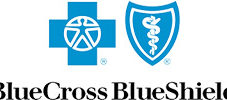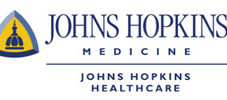What is Acupuncture?
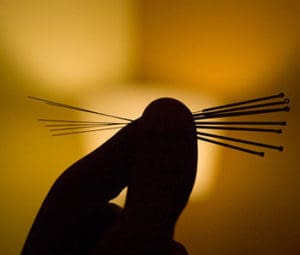 Before discussing acupuncture, you need to understand Chinese Medicine.
Before discussing acupuncture, you need to understand Chinese Medicine.
Chinese Medicine, under which acupuncture falls, is truly the mother of Holistic Medicine.
Holistic medicine is the art of healing based on the entire human being. That is… Body/ Mind/ Spirit healing. This approach to understanding a person guides the acupuncturist when diagnosing a patient’s chief complaint. For example, a woman with menopausal symptoms (hot flashes, sweats etc), is actually the 50ish year old woman with children, a job history, a marital history, childhood experiences, etc – who happens to have menopausal problems. All of this is relevant. She is more than her symptoms. Chinese medicine honors this view of the patient.
Western medicine as we know it has been around for about 200 years. The practice of Chinese medicine has been in existence for nearly 5,000 years! That’s a lot of years to perfect a healing practice.
Having trained in Western medicine and practiced nursing at The John Hopkins Hospital, I am continually amazed at the power and precision of Chinese medicine.
Now, back to acupuncture. Acupuncture is the practice of stimulating the meridians of the body to effect our qi (or Energy). Traditionally, the meridians have been stimulated by using needles to insert through the acupuncture points on the skin. There are other ways to stimulate the meridians. I also use acupressure and essential oils in my practice as tools to stimulate the qi. An acupuncturist is trained to diagnose where the imbalances are in the body (mind and spirit), that are causing the symptoms. We design treatment plans that incorporate the acupuncture points to remove blocks of energy, restore movement of energy, strengthen weak energy, and disperse stagnant energy. The body is then able to do what is was designed to do—heal itself and restore balance (homeostasis).
What is ‘Qi’?
You will hear an Acupuncturist refer to ‘qi’ throughout the treatment process. You can think of qi as the energy that is responsible for every function of your body. Qi, according to Eastern philosophy, is thought of as the ‘lifeforce.’
The qi that we specifically work with in Acupuncture is called the ‘nutritive qi’, and it flows in the Meridians.
How you feel and how your body functions as a result of Acupuncture treatment is the manifestation of the function of that nutritive qi.
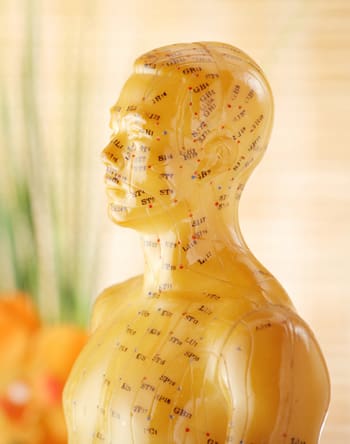 What are Meridians?
What are Meridians?
You will hear your acupuncturist refer to the meridians or ‘channels’. These are like the rivers of energy that the needles stimulate during a treatment. Westerners refer to a circulatory system, respiratory system and gastrointestinal system (to name a few), while the Easterner thinks of a meridian system. Without this meridian system working optimally, none of the other systems will function well.
What are Acupuncture Points?
There are over 400 acupuncture points on the human body. An acupuncturist is trained to locate each point and determine which point(s) are suited for your particular problem. When the needle comes in contact with the meridian underneath the skin, the qi is stimulated to move in ways that encourage healing for you.
How is Eastern Medicine different from Western Medicine?
Eastern/Chinese Medical theory departs from Western medical theory foundationally. This means that the foundation of Eastern medicine is based on a philosophy about life.
Chinese medicine, at its core, is steeped in the premise of Yin/Yang theory. The New Age symbol we Westerners all recognize is in actuality the foundation of all Chinese medical diagnosis and treatment. It is also the foundation of their spiritual philosophy. The universe manifests due to the polarity of Yin and Yang, and the movement of energy that this creates.
What this means to a Westerner is that all physical and emotional symptoms are due to stuckness of our energy and therefore, non-movement of our energy. We develop blocks and imbalances in our energy over time, and acupuncture works to restore this movement and balance.
How the Eastern and Western medicine intersect is really the best of what we refer to as Complimentary Medicine. Complimentary Medicine is really the working of these 2 different approaches together to the maximum benefit to the patient.
Does it hurt?
The acupuncture needles are as thin as a hair. Westerners think of hypodermic needles or sewing needles when they think ‘needles.’ We know these to hurt. Acupuncture needles are so thin they bend and actually need to be steadied when inserted. You will not bleed from and acupuncture needle like when pricked from a sewing needle or injection. I tell my patients that if a ‘hurt’ from a injection is a ’10’, than a ‘hurt’ from and acupuncture needle may be a ‘1-2’. This is why patients always return to treatment—the discomfort, if any, is so minimal that the benefits of treatment always outweighs any discomfort that may be felt.
What problems can acupuncture treat?
The National Institute of Health (NIH) and the World Health Organization (WHO) recognize acupuncture to be effective in the treatment of a wide variety of problems. Some of the issues that I commonly treat in my practice include:
- Headache/Migraine
- Heart
- Allergies
- Anxiety/Depression
- Arthritis
- Asthma
- Back and Disc Problems
- Blood Pressure
- Cancer/Oncology
- Cholesterol
- Colds, Cough and Flu
- Digestion/Intestinal issues
- Eating Disorders
- Emotional Well-being
- Gastrointestinal disorders
- Insomnia
- Menstral disorders
- Muscle Aches, Sprains and Strains
- Orthopedics
- Pain Management
- Pediatric/Healthy Kids
- Sexual Dysfunction
- Skin Problems/Dermatology
- Sleep/Insomnia
- Spinal Problems
- Stress
- Urology
- Women’s Health/ObGyn
- Yeast
Controlled Trials
The following list is an official list from WHO of a few of the imbalances acupuncture has been proven through controlled trials to treat:
- Adverse reactions to radiotherapy and/or chemotherapy
- Allergic rhinitis (including hay fever)
- Biliary colic
- Depression (including depressive neurosis and depression following stroke)
- Dysentery, acute bacillary
- Dysmenorrhoea, primary
- Epigastralgia, acute (in peptic ulcer, acute and chronic gastritis, and gastrospasm)
- Facial pain (including craniomandibular disorders)
- Headache
- Hypertension, essential
- Hypotension, primary
- Induction of labour
- Knee pain
- Leukopenia
- Low Back Pain
- Malposition of fetus, correction of Morning sickness
- Nausea and vomiting
- Neck pain
- Pain in dentistry (including dental pain and temporomandibular dysfunction)
- Periarthritis of shoulder
- Postoperative pain
- Renal colic
- Rheumatoid arthritis
- Sciatica
- Sprain
- Stroke
- Tennis elbow
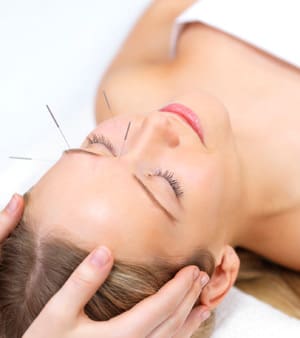
What methods do you use in treatment?
In my treatments, many times I see fit the need to use multiple methods of healing alongside acupuncture. These include:

- Auricular Acupuncture
- Five-Element Acupuncture
- Traditional Chinese Acupuncture
- Treatment Techniques:
- Cupping
- Gua Sha
- Moxibustion
- Essential Oils
- Reiki
- Herbs
- Electrical Stimulation
How much treatment does a person need?
Many patients ask about the frequency and length of treatment necessary. This fluctuates with each individual. Generally, there is an acute phase (when symptoms are most obvious). Weekly treatments promote more rapid recovery in this phase.
Maintenance care is the phase when symptom disappear or phase into the background and are not influencing your life. Treatments are less frequent in this phase (every 2-4 weeks).
Wellness and Preventative care is the phase of restored balance where you feel well and more in control of your life and symptoms. ‘Tune ups’ treatments can help you to maintain your wellness. Some people come anywhere from monthly to seasonally.
How much will it cost?
My policy is to discuss pricing questions in person or by phone. I am a Blue Cross/Blue Shield preferred provider AND accept most other insurances.
We accept the following insurance:


